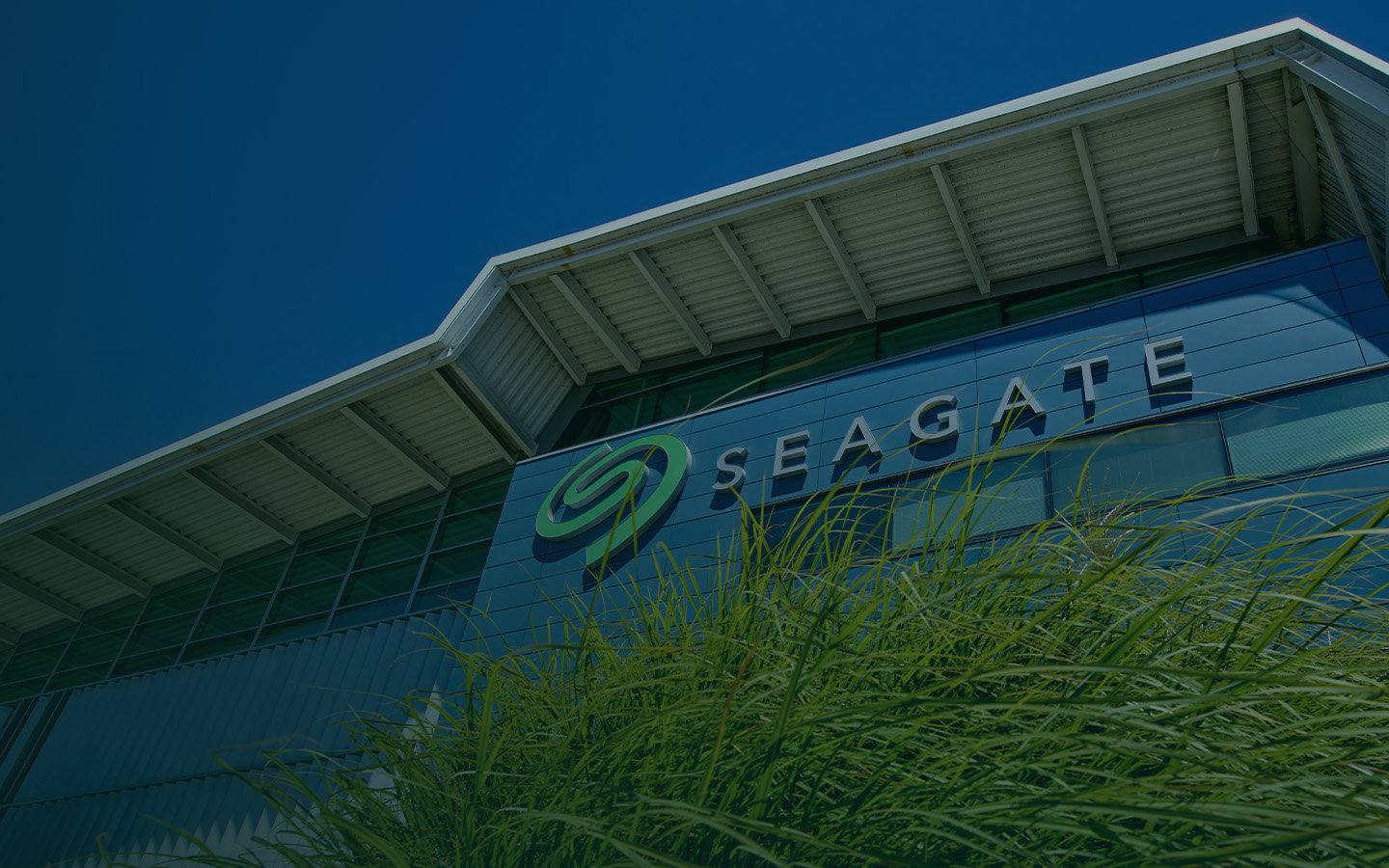I've got a predicament. I bought a brand new Seagate ST2000DM008 internal 2TB hard drive for my PC that isn't being recognised by the BIOS and therefore anything else. I have already tried a lot of obvious things so please read what I have done before replying.
I already have an extra 1TB SSD that I use for storage as well as my OS SSD. This works so what I did was unplugged both the power connector and SATA connector from it, plugged it into the HDD, rebooted computer and still not working. Reconnected SSD to those two exact connectors and rebooted- works beautifully. This is a brand new HDD, the only reason I got it was because I connected my old one in (new PC build. the old HDD worked with my old computer but I don't have it anymore to do tests) and it didn't work, so I thought it was broken but neither of them work, only the OS SSD and the storage SSD.
So then I tried the known to work stroage SSD on the SATA and power connector that I would intend to use with my new HDD and it works just fine there, indicating that the power and SATA is working there as well. Only the new and old HDD that I have doesn't like whatever SATA or power that I give it, even if the two connectors are proven to be working.
I'm confused as heck. Any suggestions? I know it was a bit tedious to read, so feel free to ask any questions on my methods.
I already have an extra 1TB SSD that I use for storage as well as my OS SSD. This works so what I did was unplugged both the power connector and SATA connector from it, plugged it into the HDD, rebooted computer and still not working. Reconnected SSD to those two exact connectors and rebooted- works beautifully. This is a brand new HDD, the only reason I got it was because I connected my old one in (new PC build. the old HDD worked with my old computer but I don't have it anymore to do tests) and it didn't work, so I thought it was broken but neither of them work, only the OS SSD and the storage SSD.
So then I tried the known to work stroage SSD on the SATA and power connector that I would intend to use with my new HDD and it works just fine there, indicating that the power and SATA is working there as well. Only the new and old HDD that I have doesn't like whatever SATA or power that I give it, even if the two connectors are proven to be working.
I'm confused as heck. Any suggestions? I know it was a bit tedious to read, so feel free to ask any questions on my methods.


